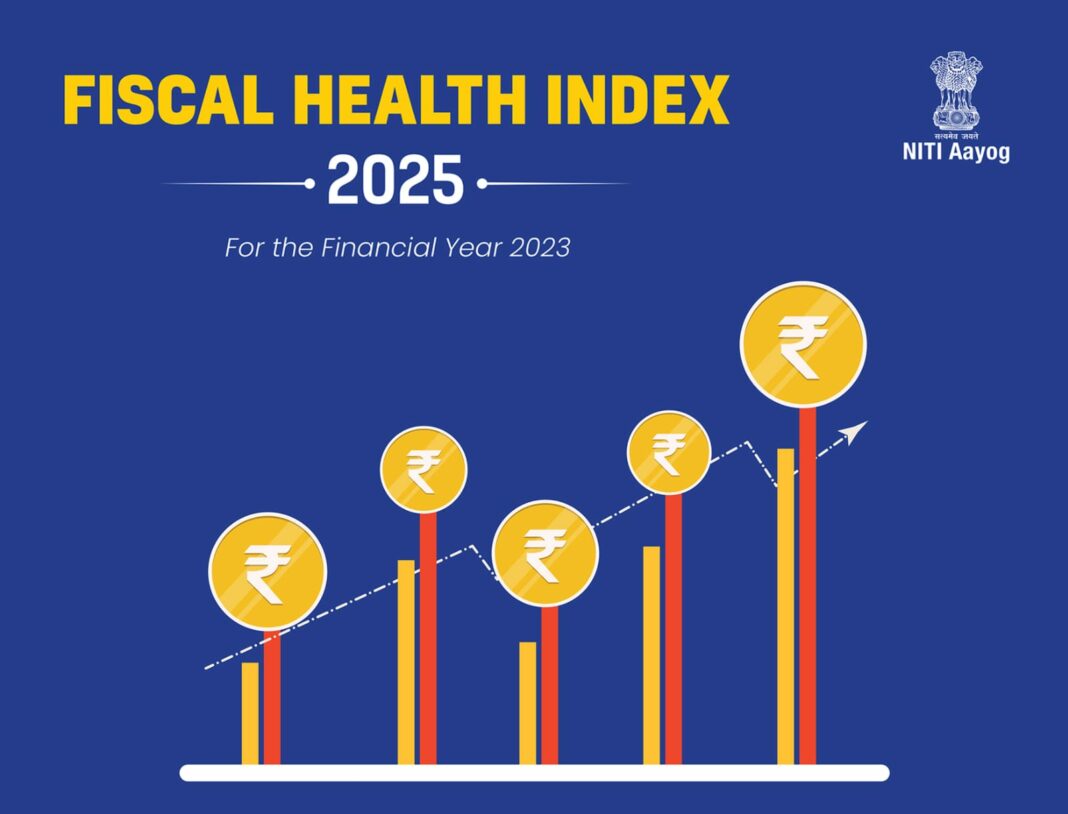Telecom Regulatory Authority of India (TRAI) and Distributed Ledger Technology (DLT) for Spam Management:
This content is also available in Hindi Also – हिंदी
Telecom Regulatory Authority of India (TRAI) and Distributed Ledger Technology (DLT) for Spam Management:
1. Introduction to DLT (Distributed Ledger Technology):
Distributed Ledger Technology (DLT) is a decentralized database technology used to securely and transparently store data across multiple locations. The most well-known application of DLT is blockchain, but it also encompasses other systems that allow data to be stored and accessed without a central authority. This technology offers benefits like enhanced security, immutability of records, and efficient data sharing, which can be crucial in many sectors, including telecommunications.
2. TRAI’s Initiative for Managing Spam:
The Telecom Regulatory Authority of India (TRAI) has decided to use Distributed Ledger Technology (DLT) to manage and register customer preferences regarding spam calls and messages. This decision is part of TRAI’s broader efforts to curb unsolicited commercial communication (UCC) or spam, which has been a long-standing issue for mobile users in India.
Under the new system, customers will be able to register their preferences regarding the types of promotional messages they wish to receive, and this data will be securely stored and managed using DLT. By using DLT, TRAI aims to ensure that customer preferences are accurately recorded and maintained in a tamper-proof manner, preventing unauthorized entities from misusing or altering the data.
3. Significance of DLT for Spam Management:
The use of DLT will help bring transparency and efficiency to the process of managing spam messages. It will also make it easier for telecom operators to verify and manage consent from customers about receiving promotional content. DLT can enable faster, secure, and transparent processing of requests related to spam preferences, as every update to the ledger will be recorded permanently and cannot be altered or tampered with.
By integrating DLT into spam management, TRAI is addressing several issues:
- Transparency: Customers will have clear visibility into how their preferences are being stored and used.
- Security: The decentralized nature of DLT ensures that customer data is secure and cannot be accessed or modified by unauthorized parties.
- Efficiency: The process of registering, updating, and verifying preferences becomes more streamlined and faster.
4. Current Affairs Context:
Spam messages and calls, particularly unsolicited commercial communications, have become a growing issue for mobile phone users in India. According to recent reports, India has one of the highest numbers of spam messages globally. TRAI has taken several steps over the years to address this issue, including introducing the National Do Not Disturb (NDND) registry and implementing stricter regulations for telecom service providers.
In this context, the move to use DLT for spam management is a progressive step by TRAI, aligning with global trends of using technology for better data management and customer satisfaction. The move also shows India’s growing interest in adopting blockchain and DLT for public service use.
5. How DLT Can Transform the Telecom Sector:
The introduction of DLT in spam management could have several broader impacts on the telecom sector:
- Enhanced Trust: With DLT’s tamper-proof capabilities, customers will have more trust in telecom operators’ ability to manage their data and preferences.
- Improved Customer Experience: By minimizing unwanted spam and promoting more customer-focused communication, telecom operators could improve customer satisfaction and reduce complaints.
- Automation and Compliance: DLT can automate the process of tracking consent and preferences, ensuring that telecom companies comply with regulatory standards more easily.
Potential UPSC Questions (Prelims and Mains):
Prelims:
- Which technology is the Telecom Regulatory Authority of India (TRAI) planning to use to register spam preferences from customers?
- (a) Artificial Intelligence (AI)
- (b) Distributed Ledger Technology (DLT)
- (c) Blockchain
- (d) Cloud Computing
- What is the main benefit of using Distributed Ledger Technology (DLT) in managing spam calls and messages?
- (a) Faster data transmission
- (b) Enhanced security and transparency
- (c) Reduction in internet data usage
- (d) Decreased data storage costs
Mains:
- Discuss the significance of adopting Distributed Ledger Technology (DLT) for spam management in the telecom sector. What are its potential benefits for consumers and telecom operators?
- (a) Transparency and security in data management
- (b) Customer-centric approach and enhanced trust
- (c) Impact on efficiency and compliance with regulations
- How can the integration of DLT and blockchain technologies enhance the effectiveness of regulatory bodies like TRAI in managing consumer data and telecom services?
- (a) Strengthening the regulatory framework through technology
- (b) Addressing challenges related to data privacy and security
- (c) Promoting efficient governance and accountability in the telecom sector
3. Spam messages and calls are a major issue in India’s telecom sector. Discuss the steps taken by TRAI to address this problem and how DLT can further improve these efforts.
- (a) Existing measures by TRAI (NDND registry, etc.)
- (b) The role of technology (DLT) in curbing spam
- (c) Future challenges and solutions




 Learn With MS
Learn With MS
Post Comment